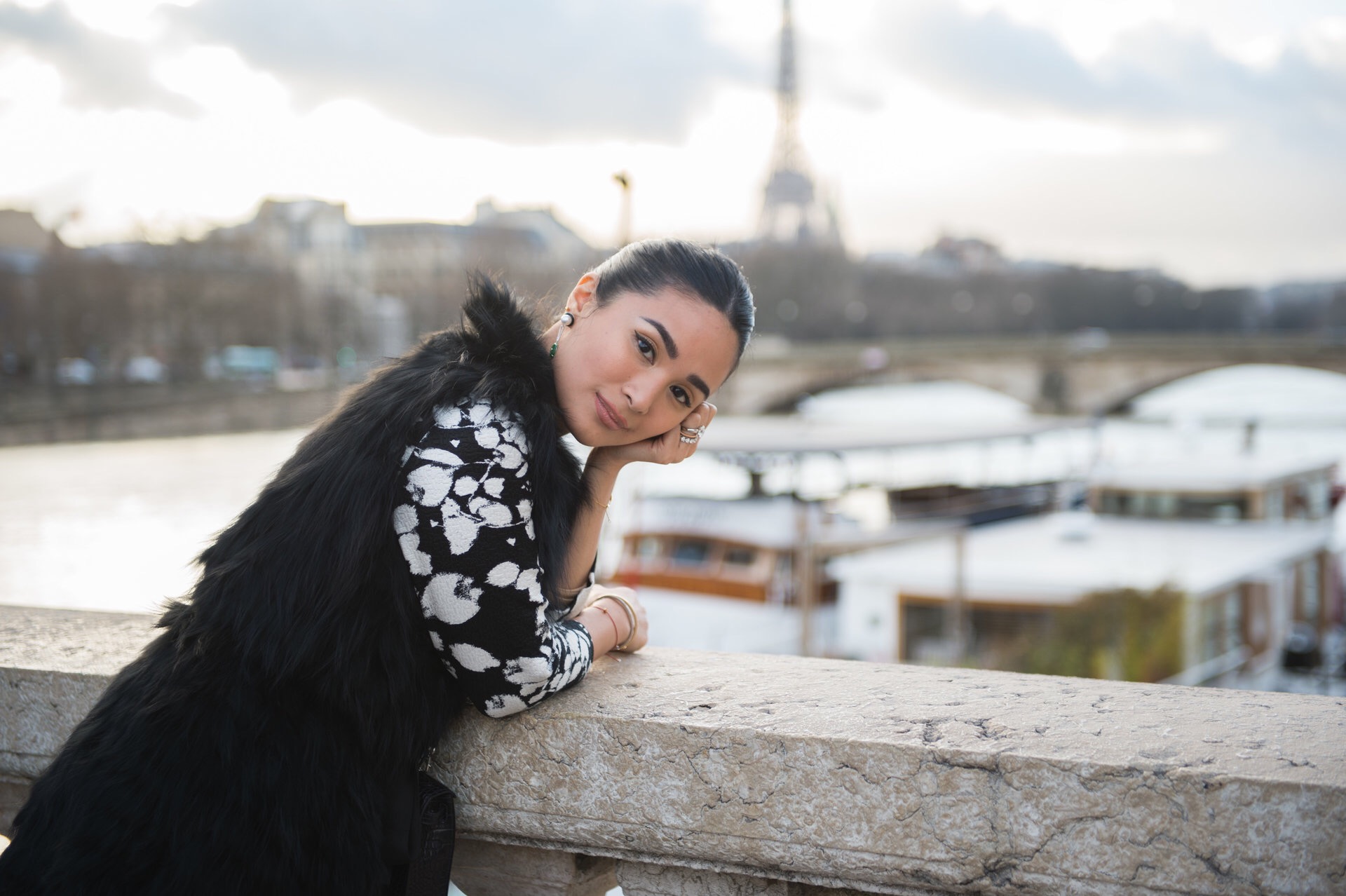Meet Love Marie or simply LM, the other, deeper, more philosophical side of the artista known as Heart Evangelista.
She’s uncomfortable with the comparison, but it cannot be helped. There is Gustav Klimt in the canvas. There is Paul Klee. There is Elena Gorokhova. There is Frida Kahlo. Of course, there is Heart Evangelista, but not the celebrity, not the pop star, not the actress, not the fashionista, not the “it” girl, the face of a thousand or more commercials, certainly not the public figure. In the canvas is a world previously unseen, a private, intensely personal universe that has only since March last year begun to peek out of the shadows. Here lies Love Marie.
“I sign (my paintings) LM,” says Heart. “I don’t want people to think this is the work of an artista, though of course this is, but this is me and they don’t know this side of me.” How refreshing it is to have such a pop icon, known mostly for her beautiful face, her perfect skin, and her celebrity lifestyle, emerge with a lot more to offer! Even Heart is at once exhilarated and exhausted by the feelings, emotions, sensibilities, and philosophies pouring out of that side of her that is more vast, that is more deep, that is more complex than she herself ever thought! “I have so much in my head that not a lot of people know,” she muses. “I’m usually very jolly, very mainstream, but I’m very complicated. I’ve been painting all my life, but right now this feels so new. It’s like I’m allowing you to read my diary, but in a language no one can understand.”
Heart would be the last one to label her work, but symbolism seems to be a dominant theme. In her collection of about 19 oil-on-canvases ranging from small frames to almost a mural, patterns and prints repeat themselves, symbols that denote anything from self-doubt to audacity, from love to hate, from melancholy to joy, all the way to those inexplicable feelings. The symbols are not familiar, seemingly random and meaningless. There are none of those recognizable figures in our mainstream symbolic language or iconography, except maybe the heart or the letter H, yet always very small, obscured beneath the bolder, fiercer, louder patterns. “The patterns, they make it so hard for me,” says Heart. “Sometimes I see them in my mind, I dream about them at night. They drive me crazy. All these prints are from my head.”
And then there are the women, sad yet strong, defiant, Frida Kahlo-ish, veiled in the prints and patterns that creep to the side of their faces or otherwise framed by the mesh, the repetitive emblems, the profusion of colors and shapes. To Heart, these women are not necessarily self-portraits. “I don’t know, they must be me, but I look at each painting like a friend. I gave one of the early works away and it was so hard.”
When Heart was two or three years old, her parents made sure all the colors in her play kit were washable because no matter what they did they couldn’t stop the child from drawing on the walls. She soon took art lessons, but at 12, when she enrolled in a painting workshop at a museum, she decided that learning all the techniques stunted her style. “I appreciated everything I learned,” she says. “But then maybe I was a rebel. You tell me what to do and I’ll do the opposite.”
- AA Patawaran
